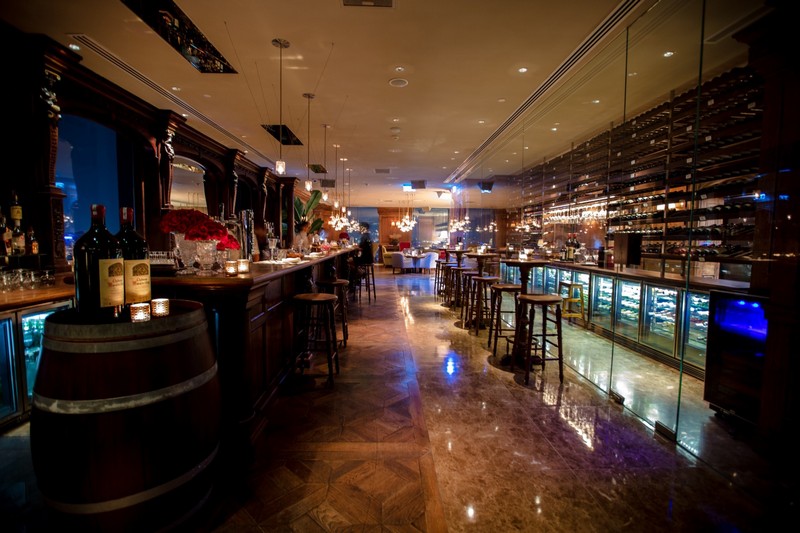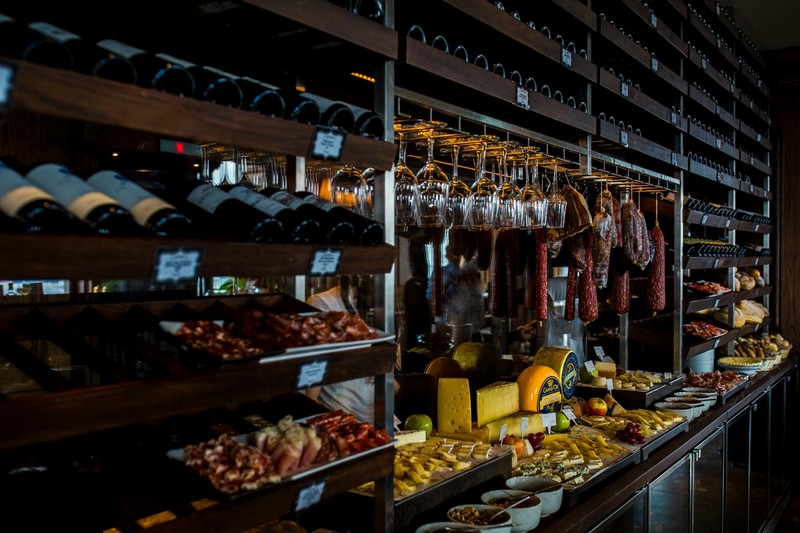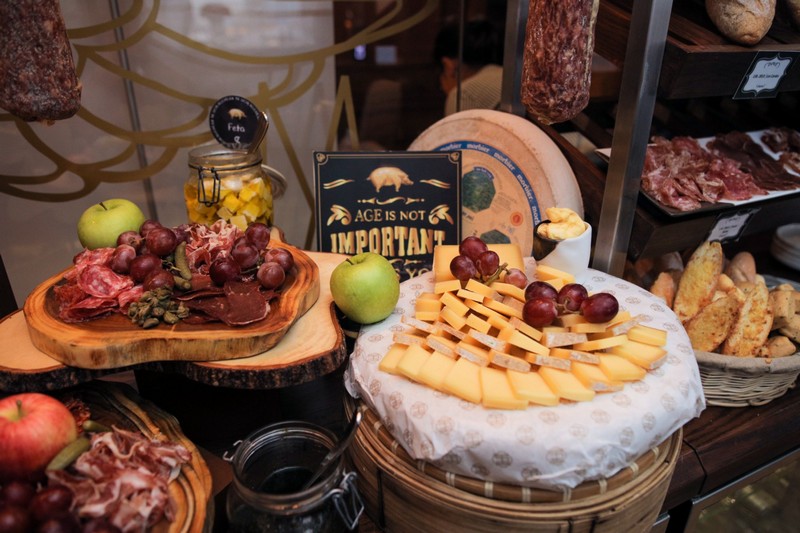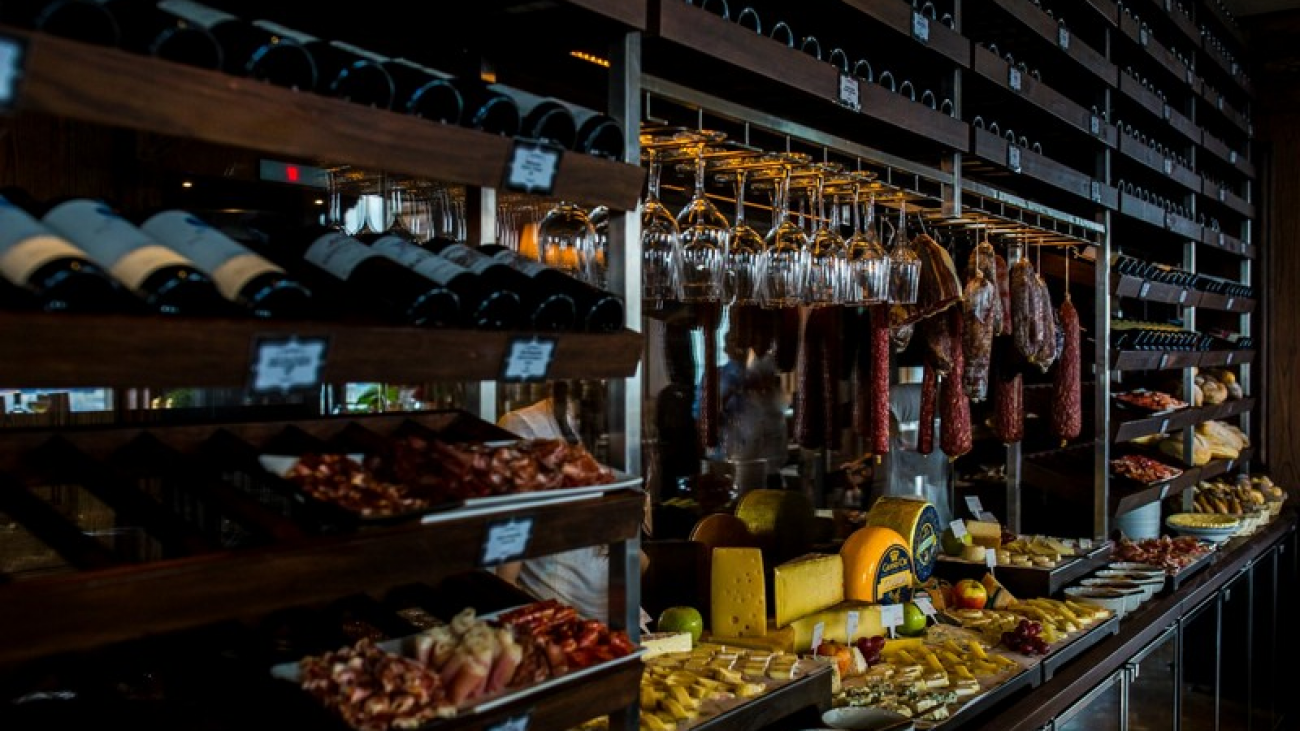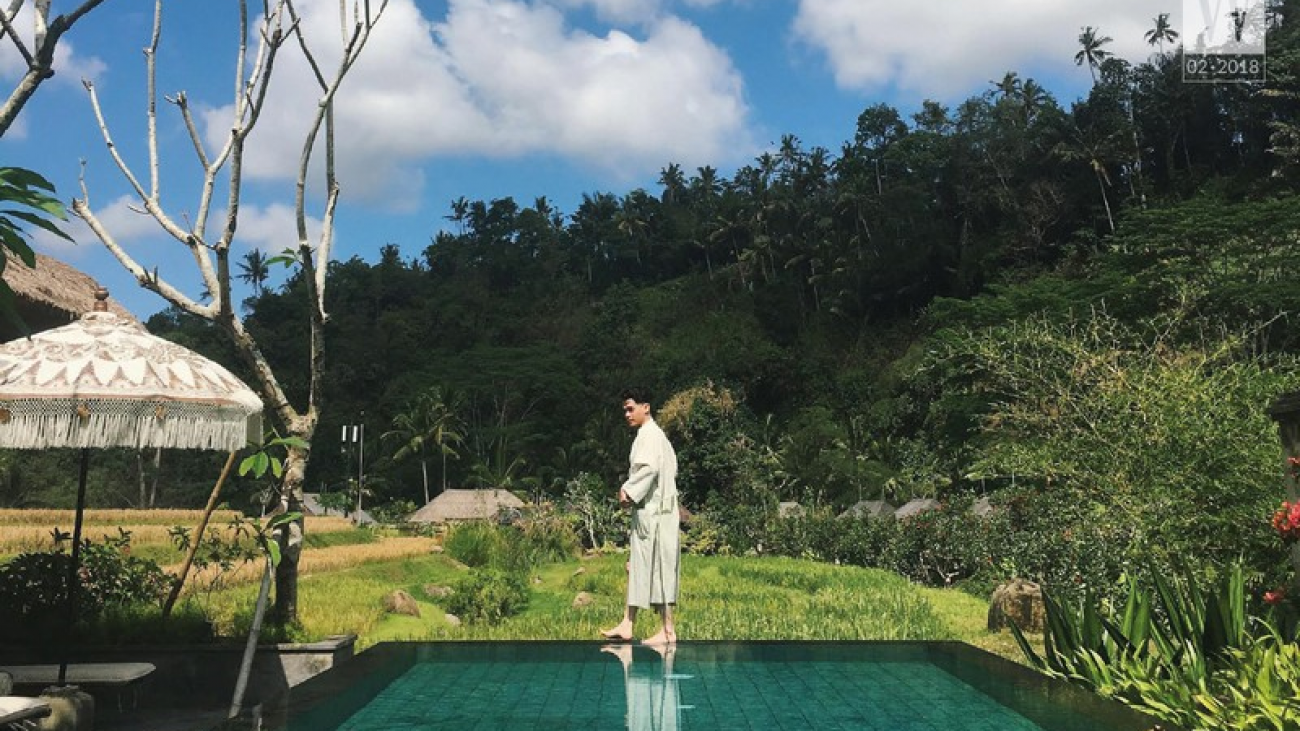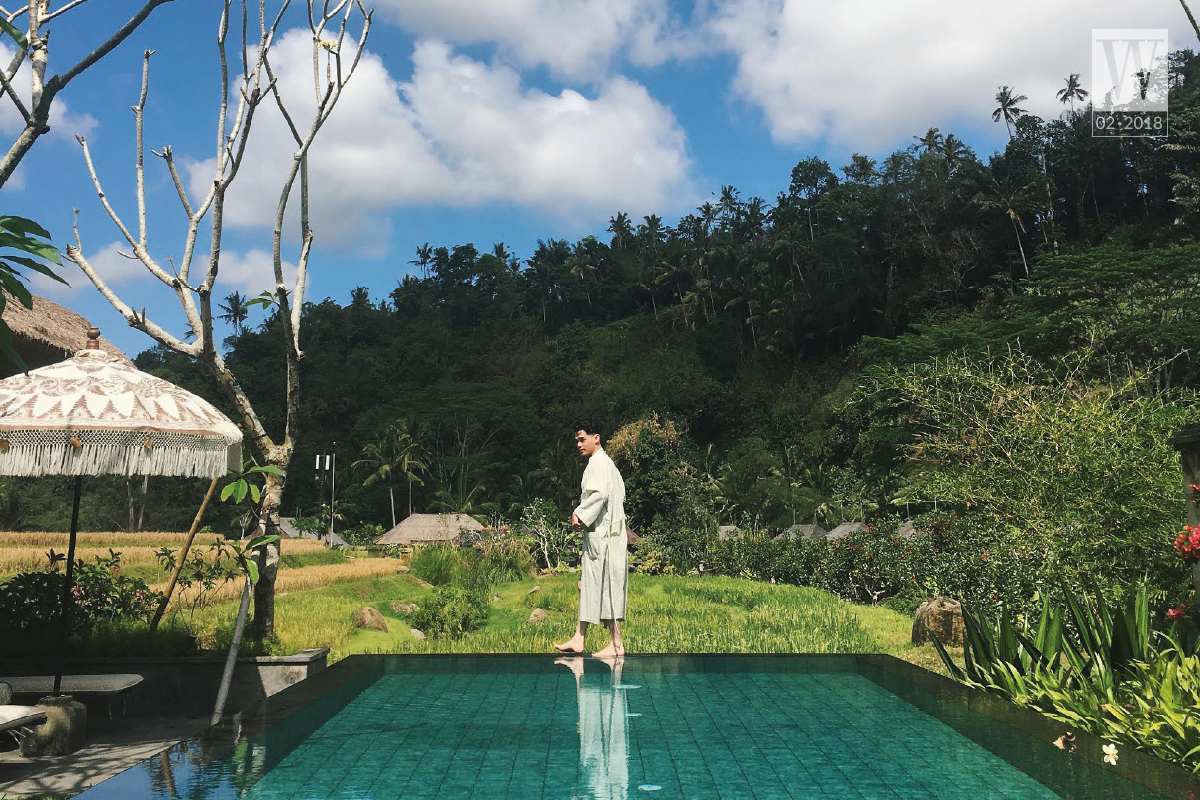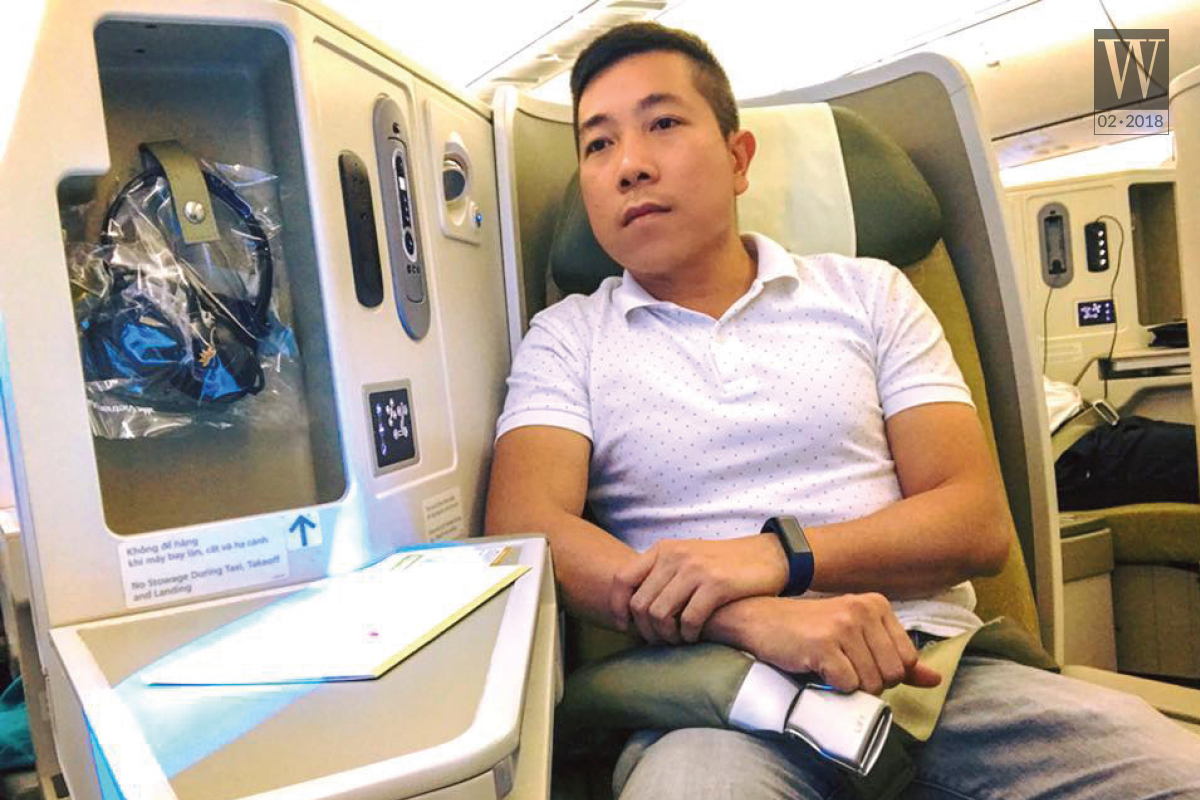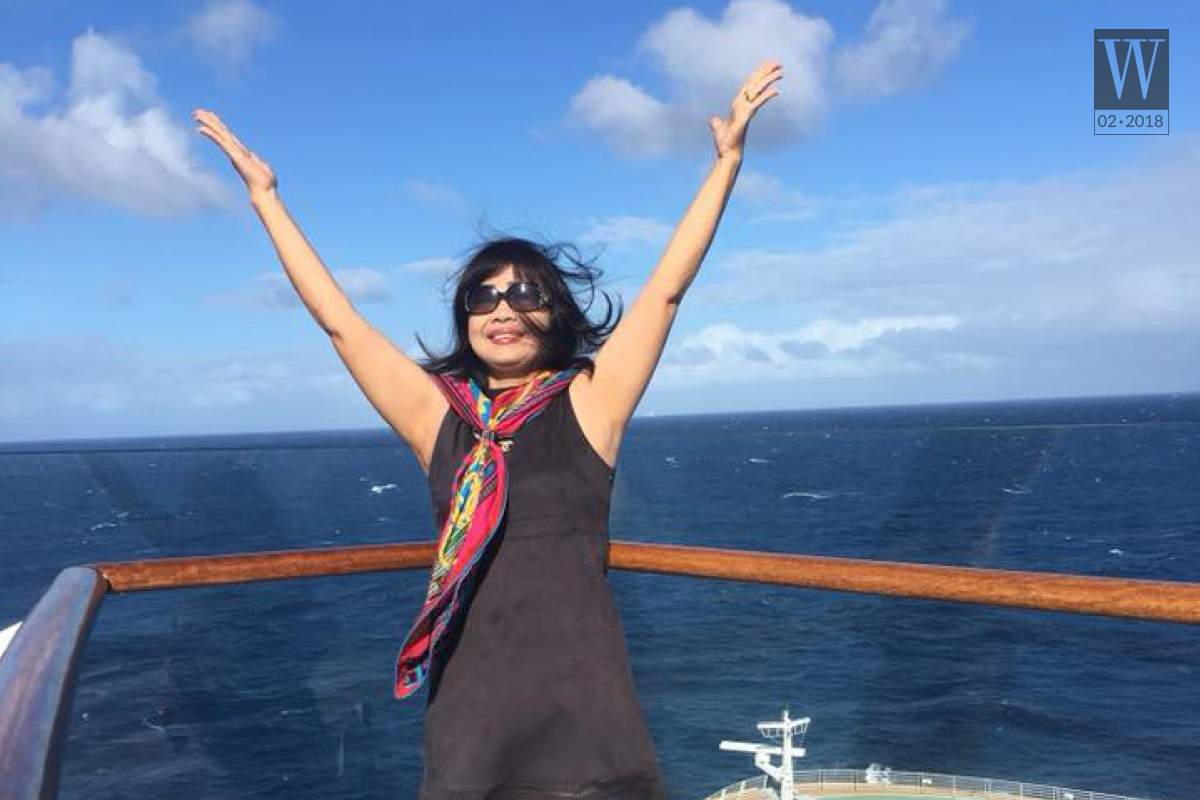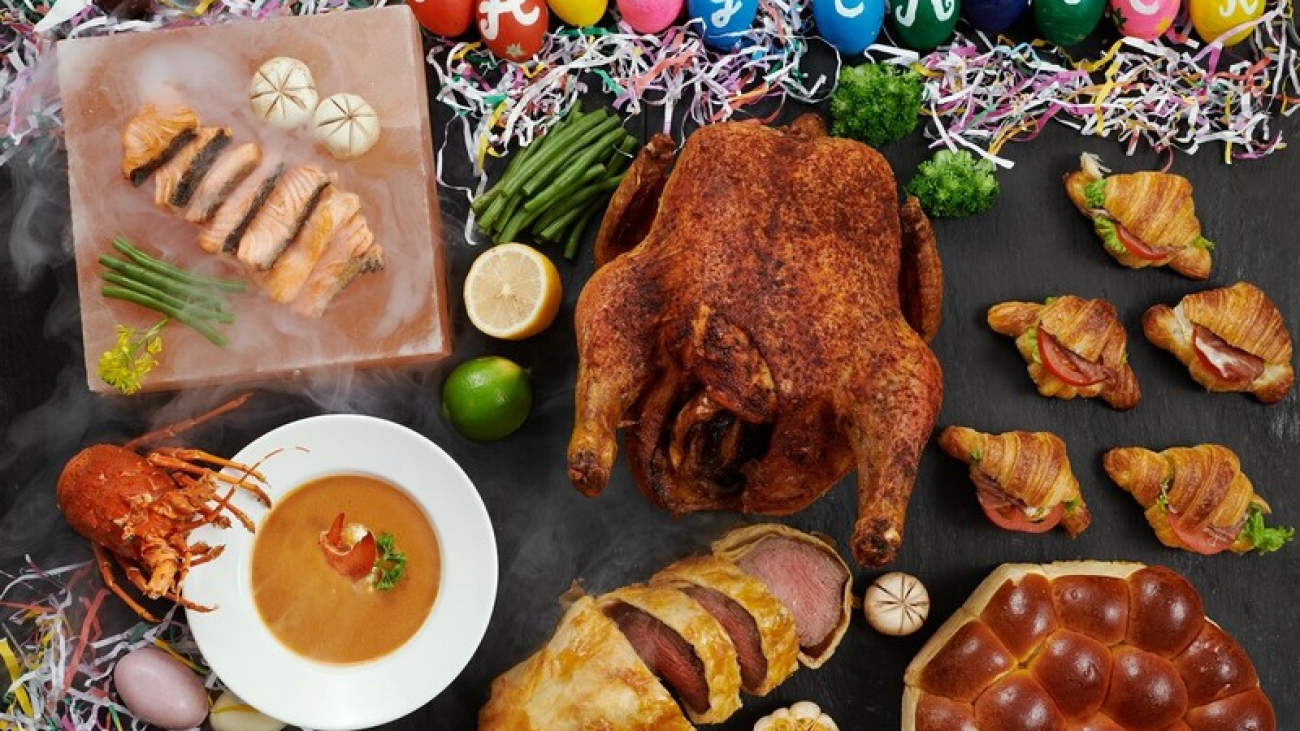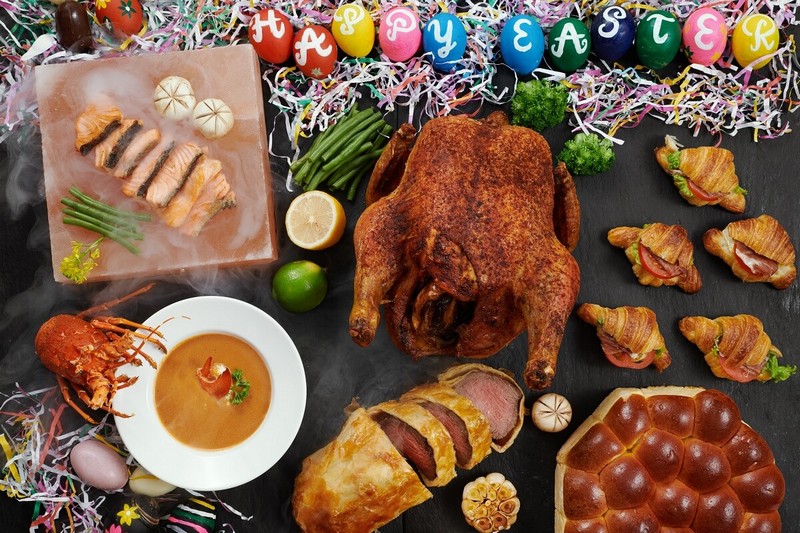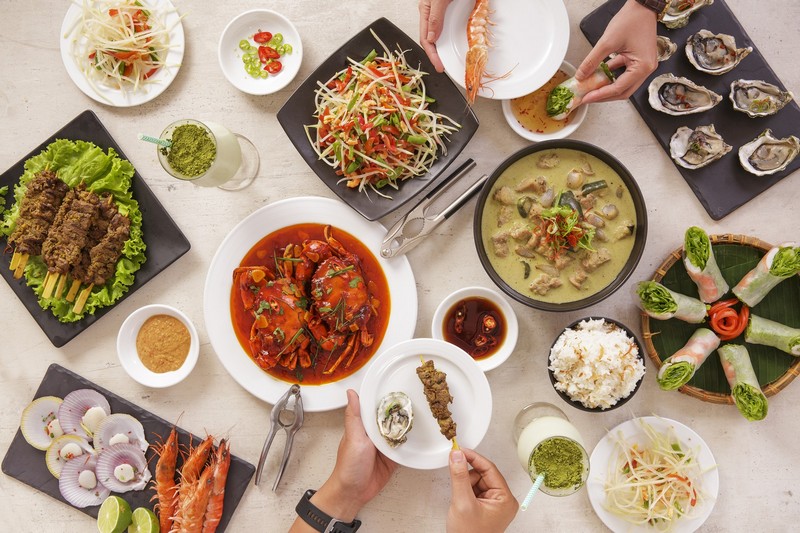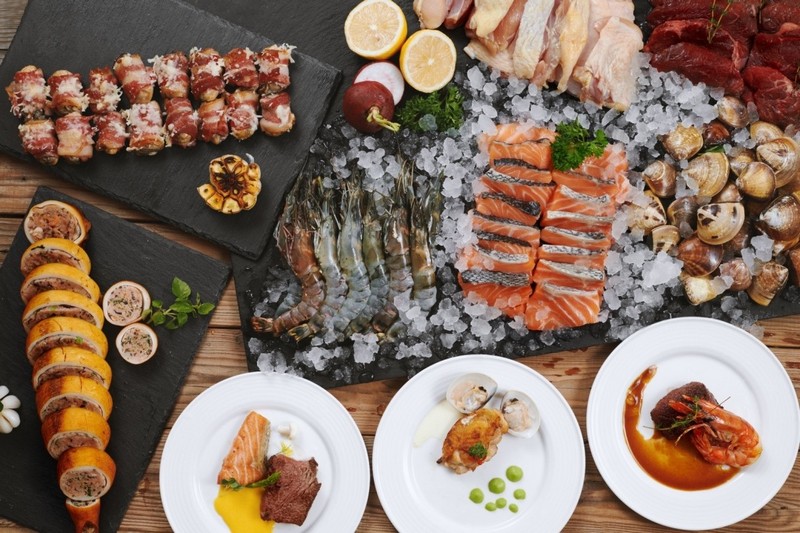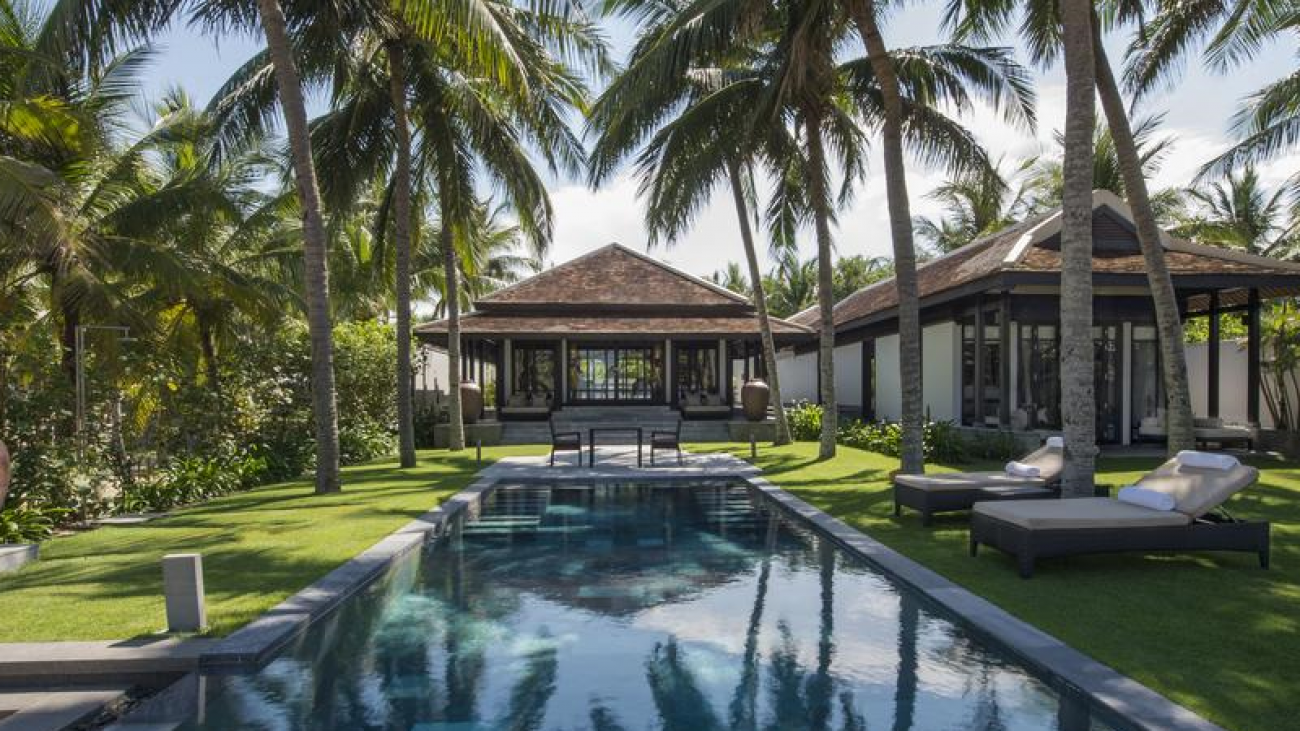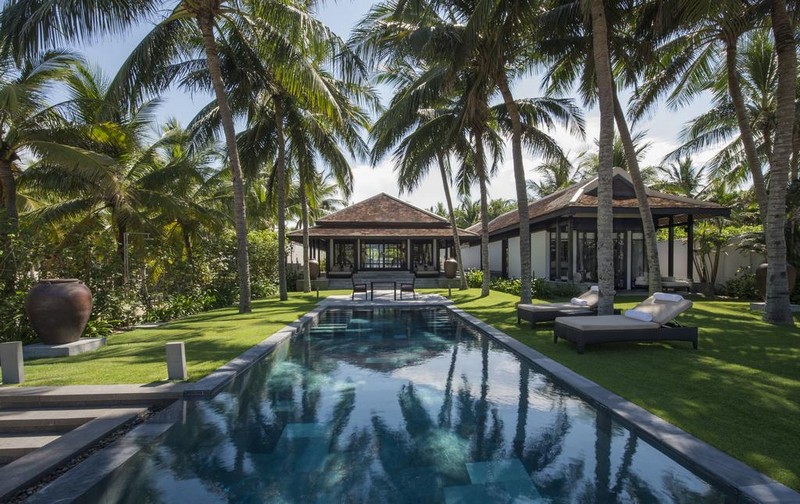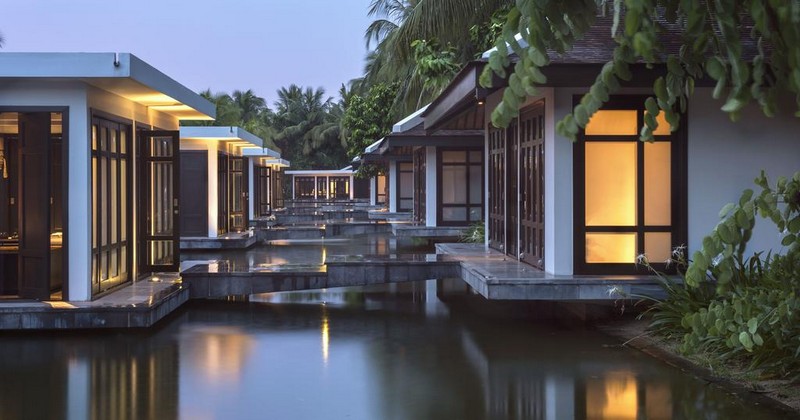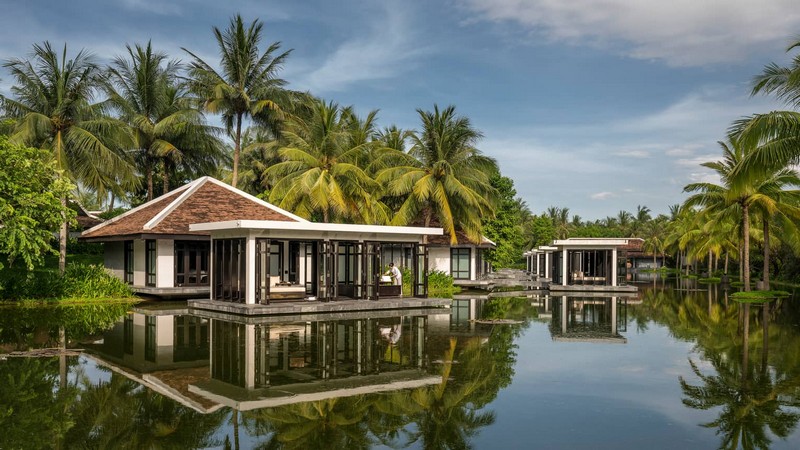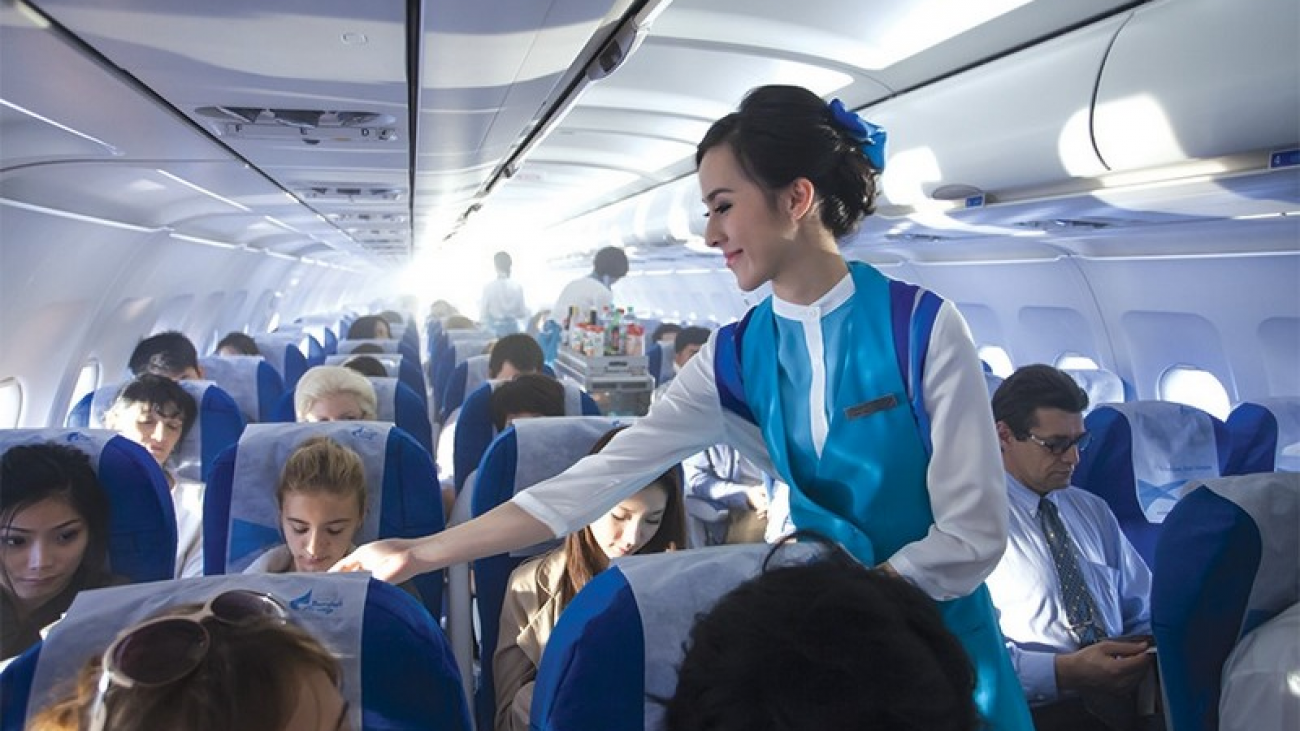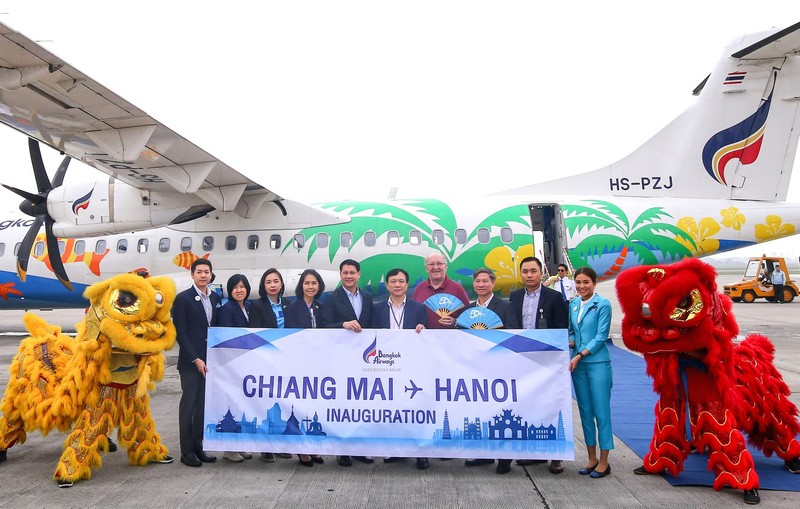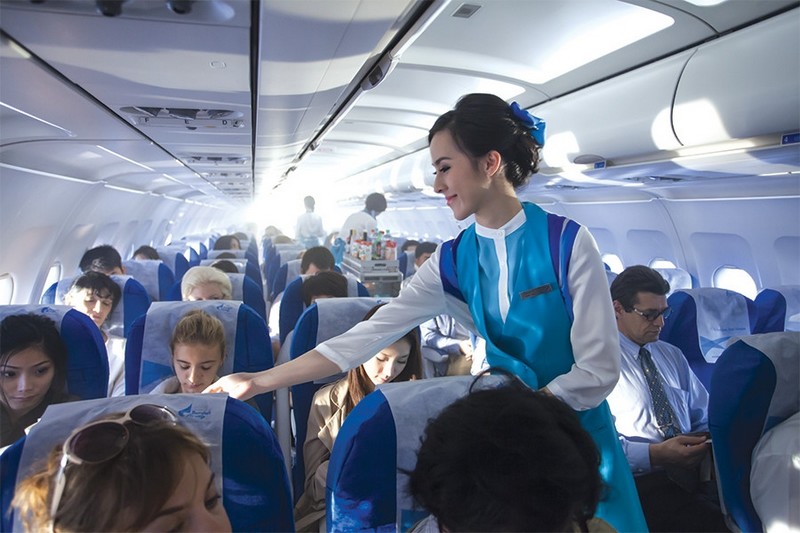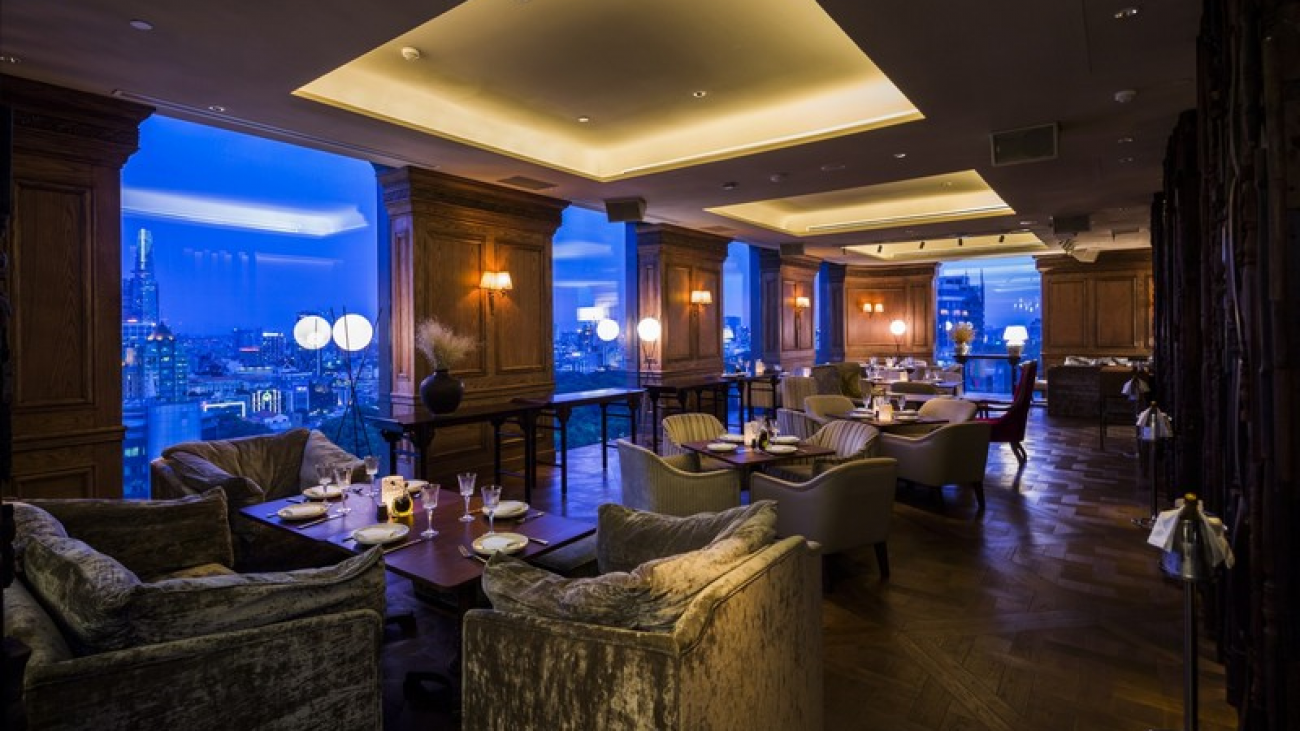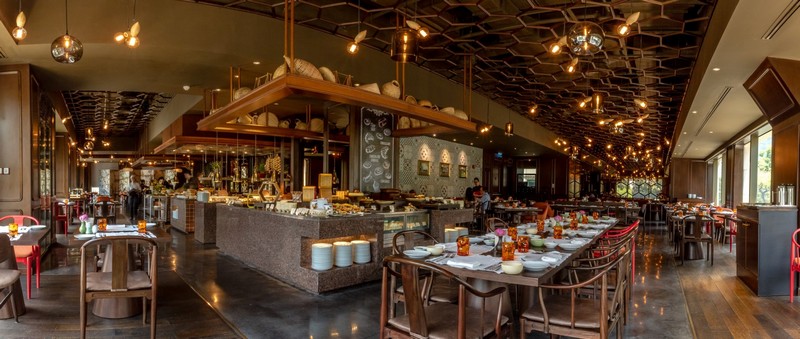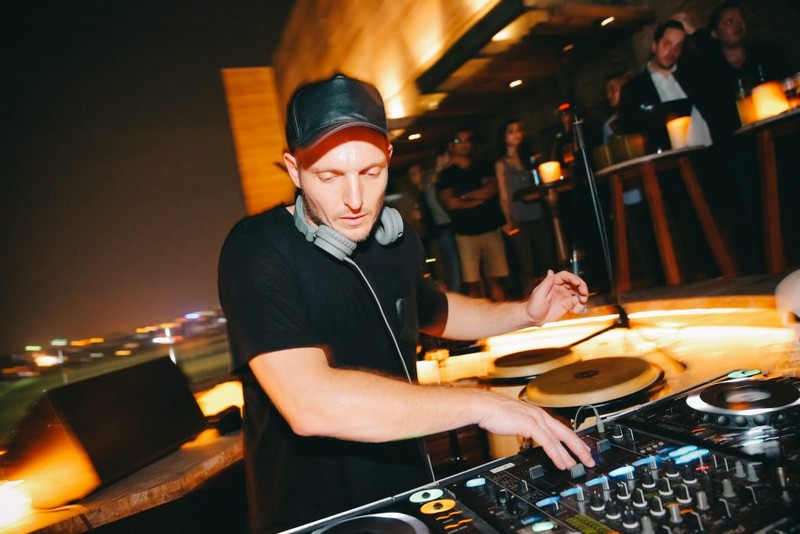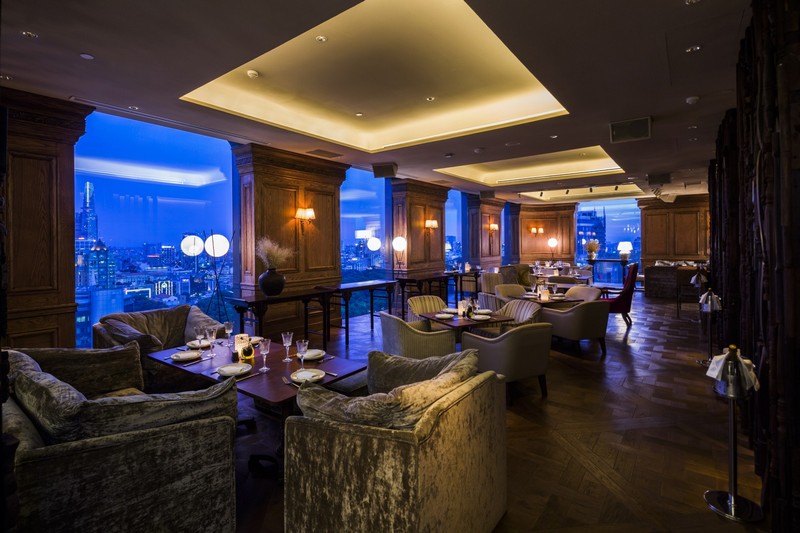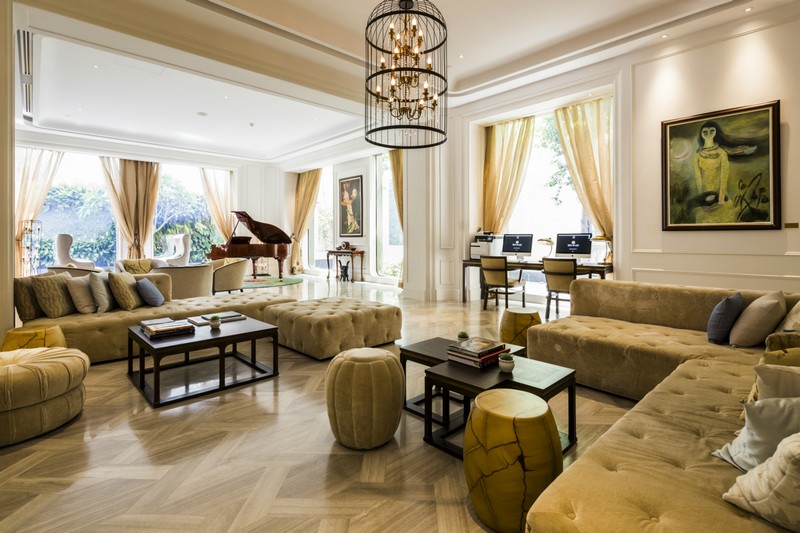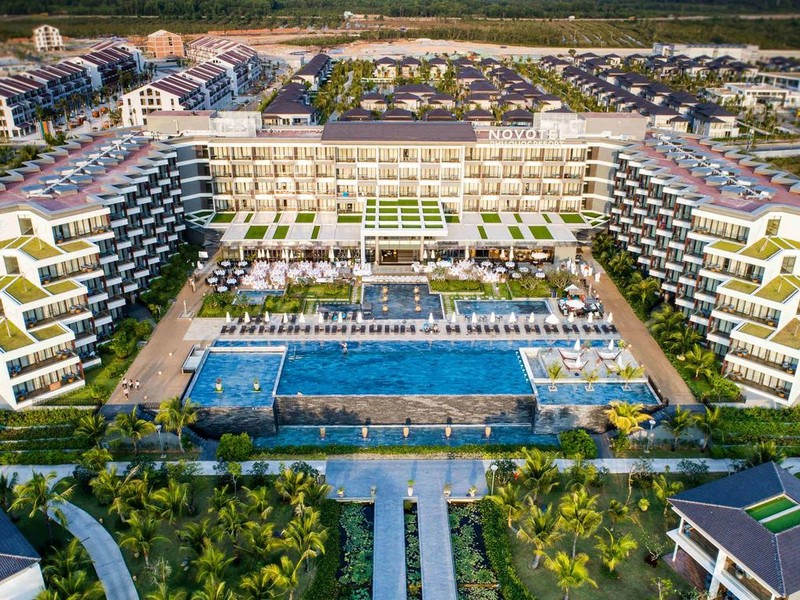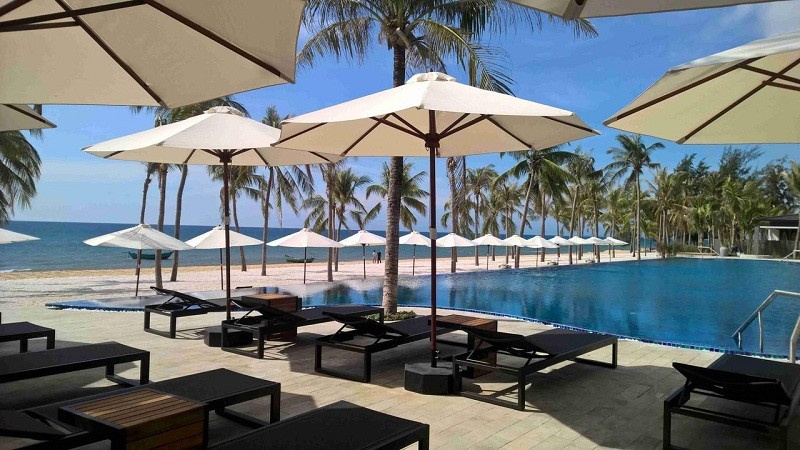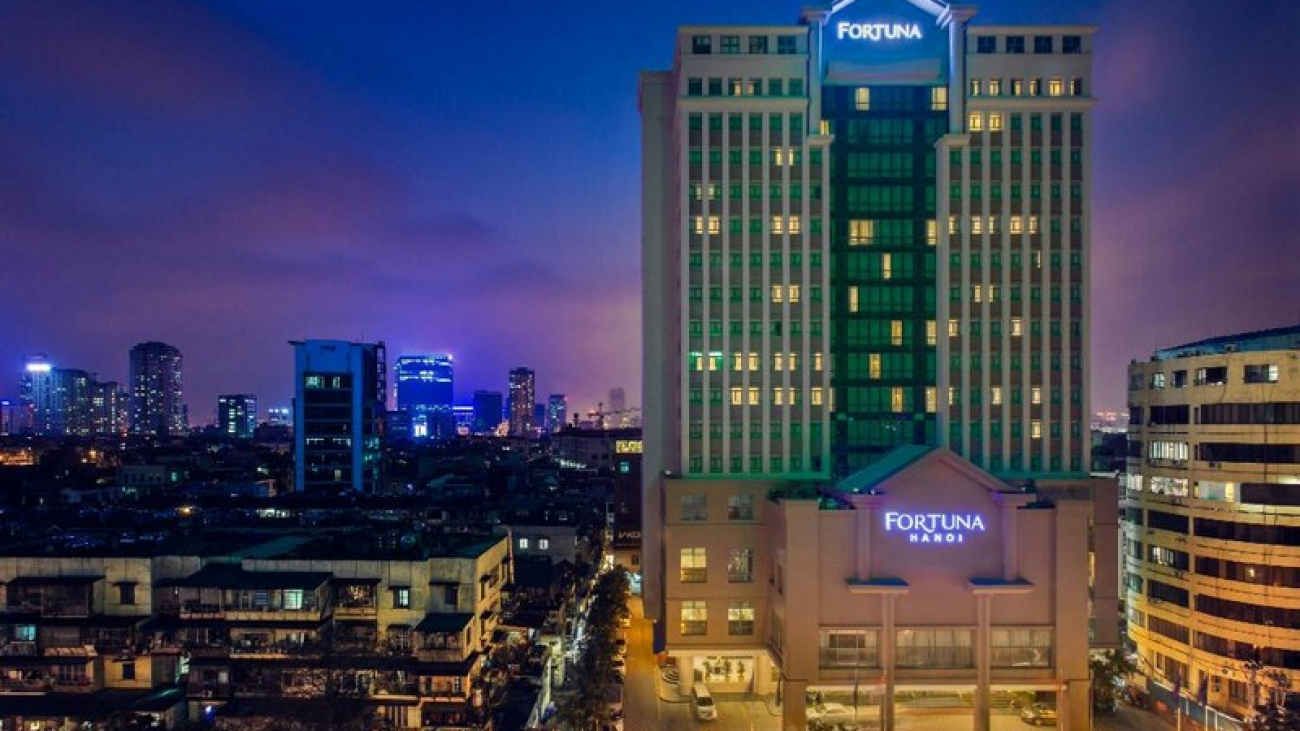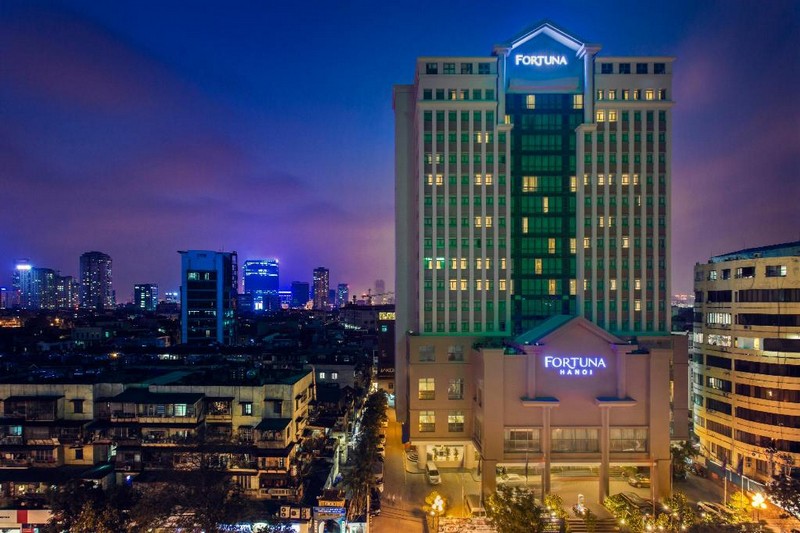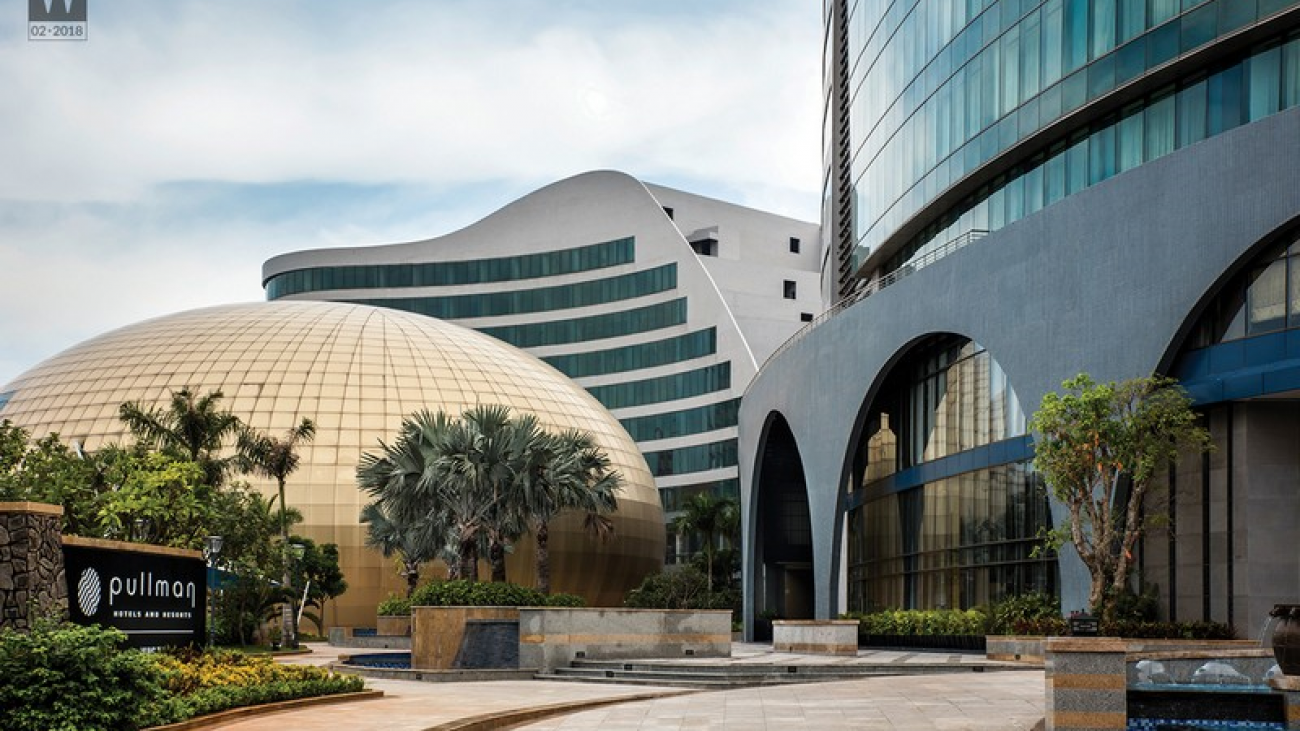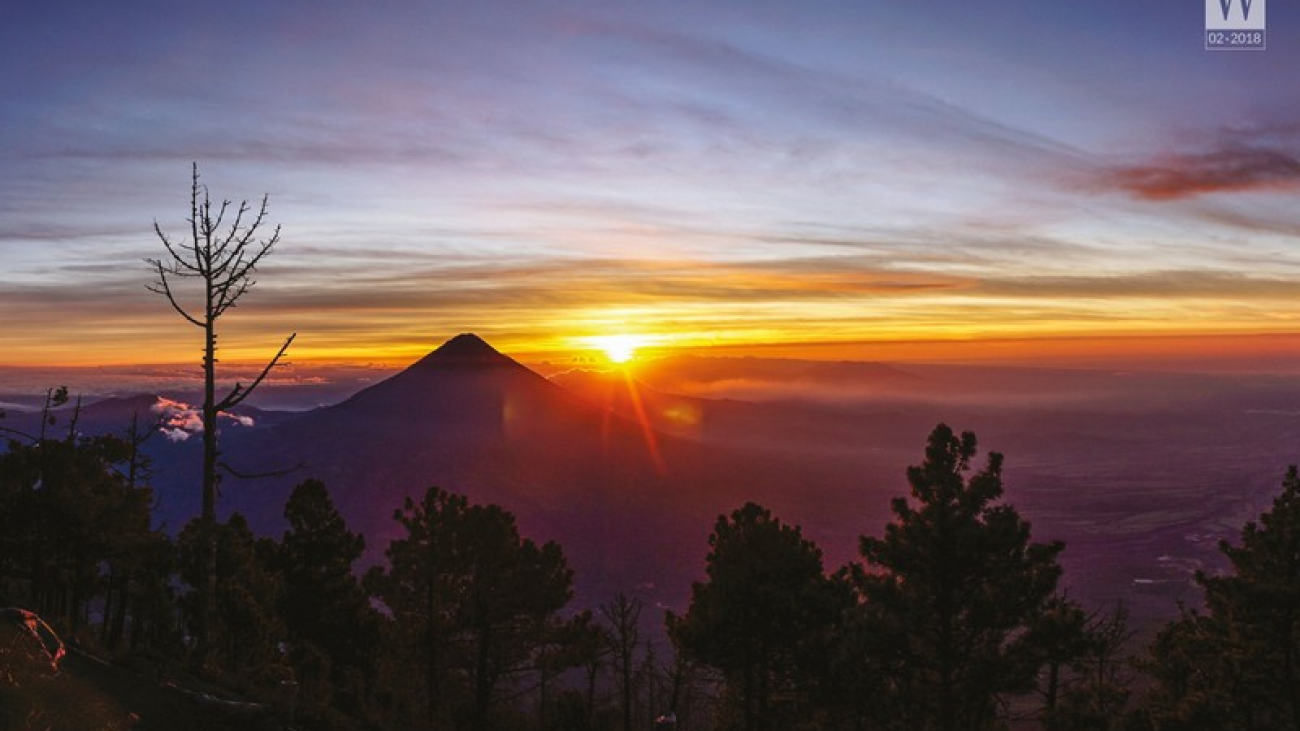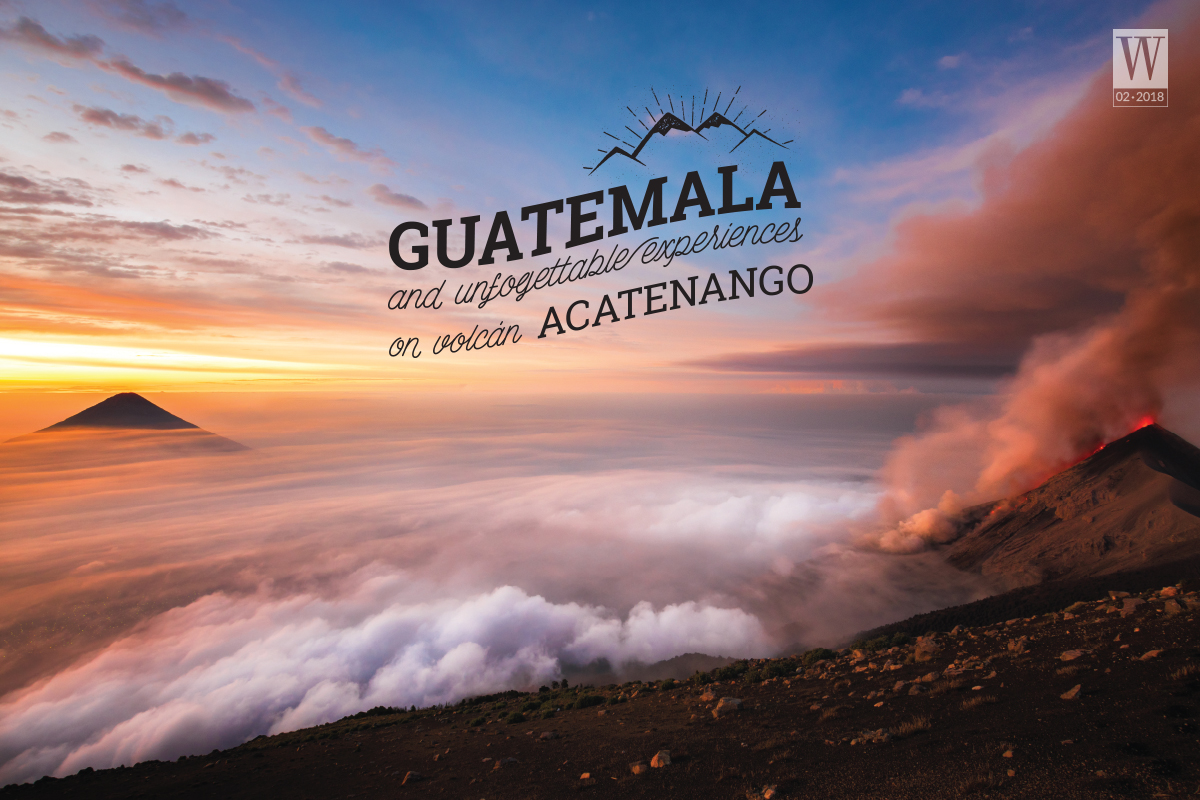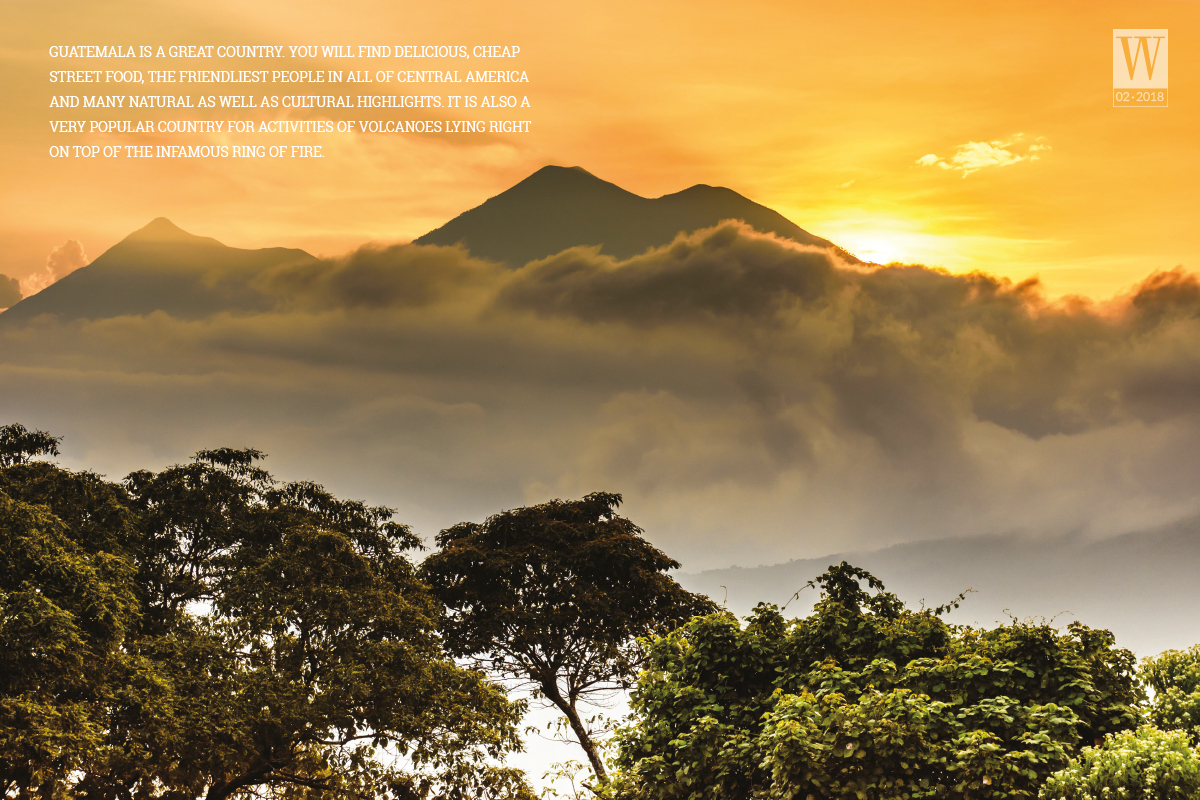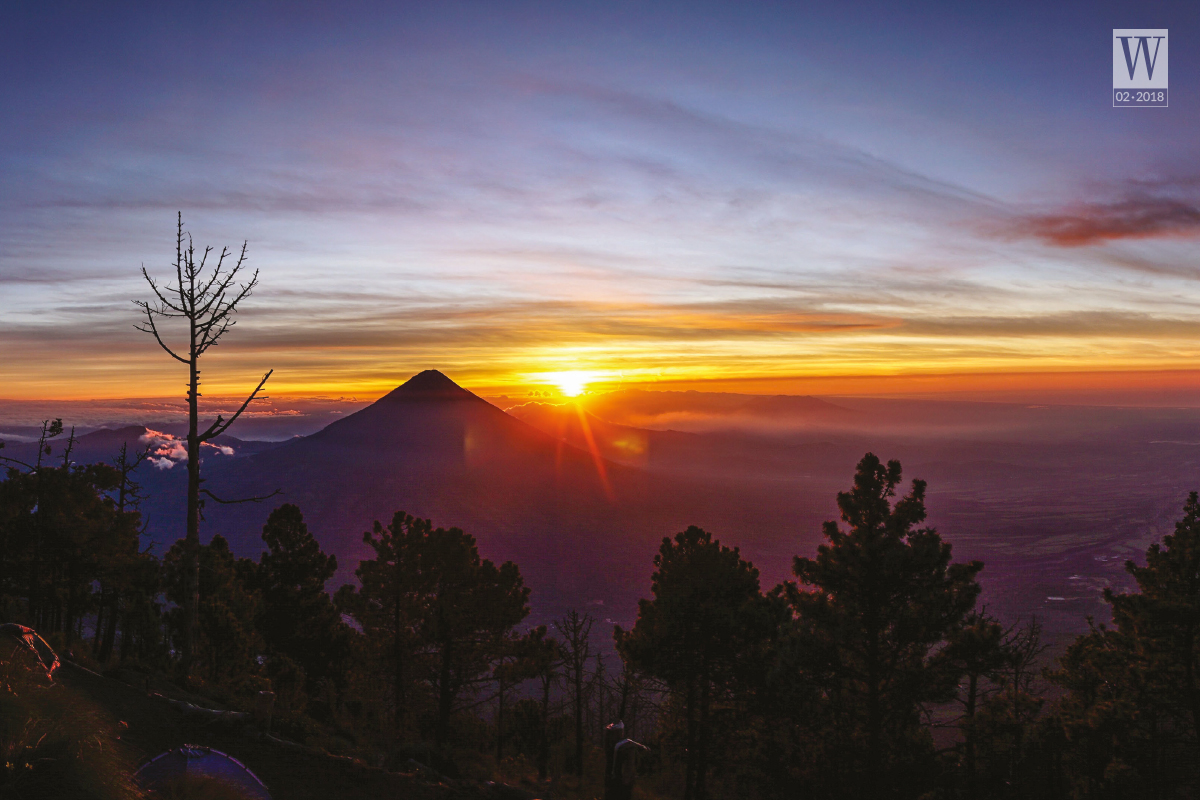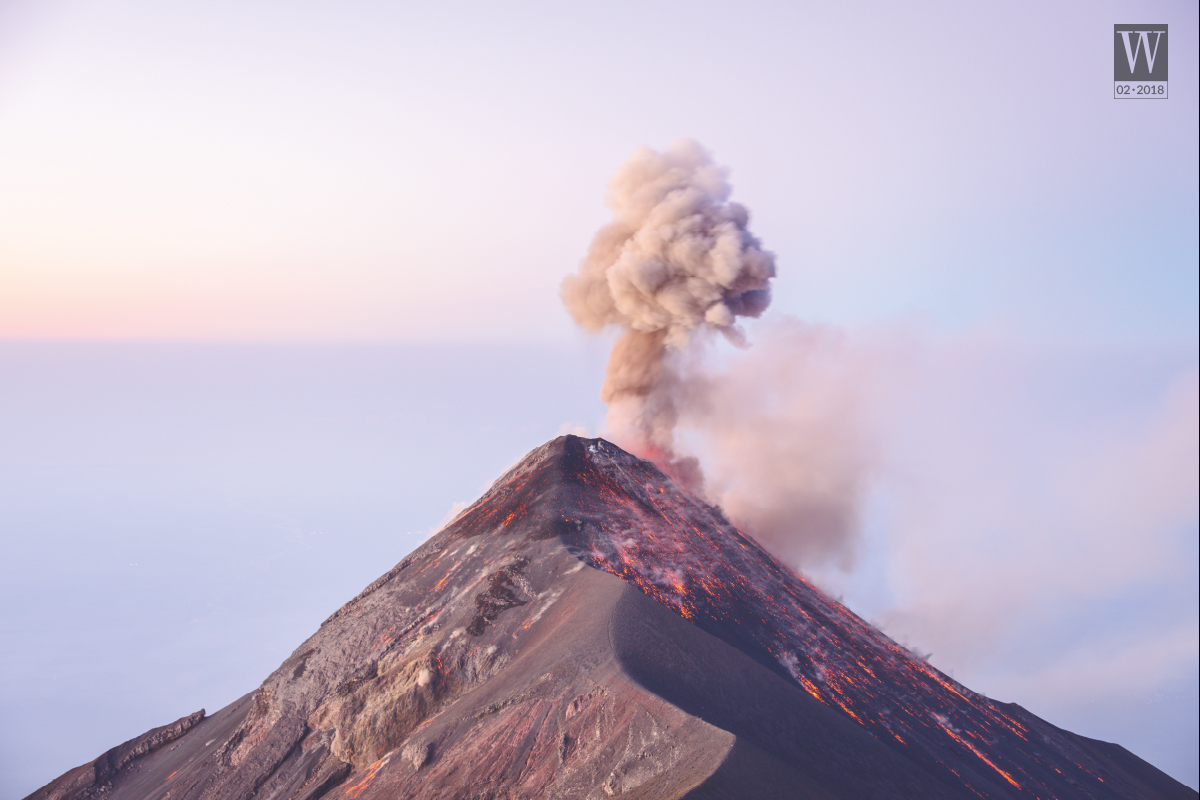[Wanderlust Tips February 2018] Wanderlust Tips had an interview with Mr. Vincent Delsol on the potential of Vung Tau’s tourism potential and development orientation of Pullman Vung Tau Hotel.
[rpi]
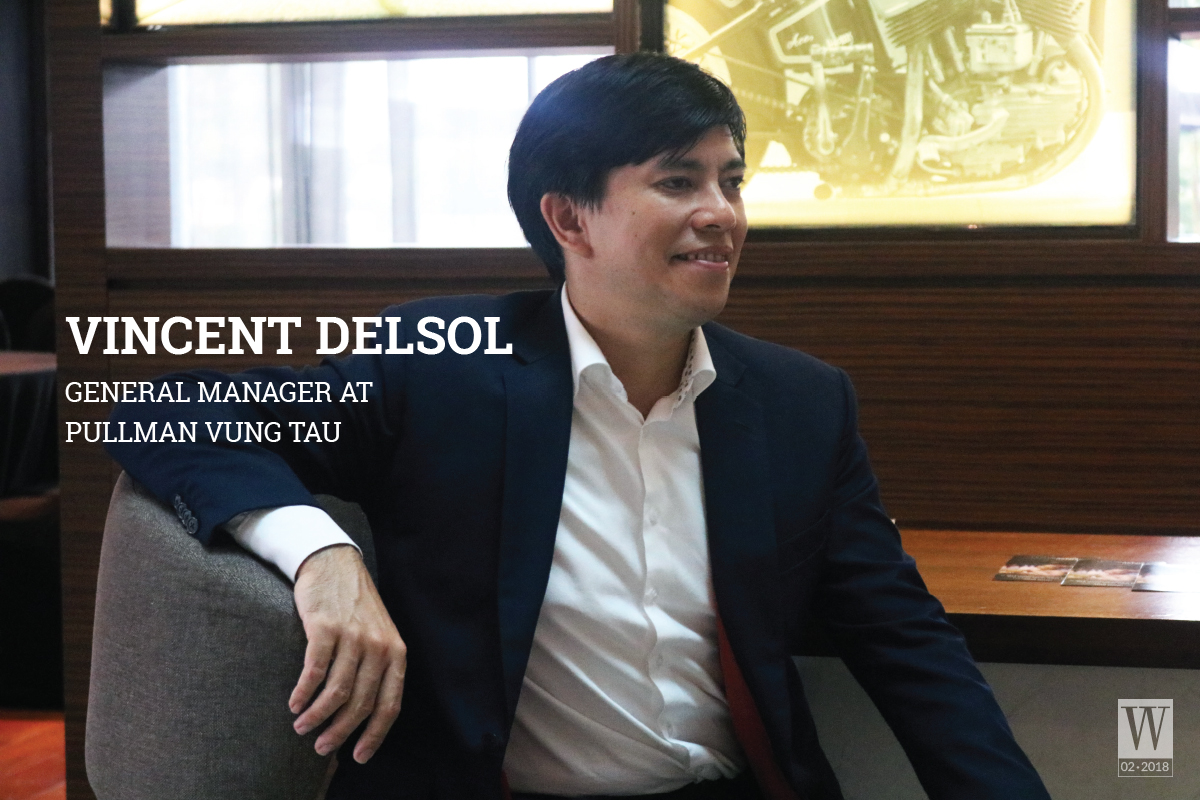
You were born and raised in France but have a part of Vietnam in your blood. Did this motivate you to work and connect with Vietnam?
You are very well informed, and yes it is true that I’m half Vietnamese as both of my grandparents were Vietnamese. I chose Vietnam as the first destination when I moved from France to Asia in 2012. I really wanted to understand my roots and my origins as I’ve always been raised in a bicultural environment, even though my grandparents died before I got to know them. French culture was, of course, predominant and I wanted to experience a side of my cultural background from Hanoi.
During the time you work and stay in Vietnam, what do you love and what impresses you the most?
Being in Hanoi was amazing. It was a great opportunity for me to have a 100% Vietnamese team and to immediately be confronted with the reality of the country and of the city. People are very difficult to understand, but once you gain their trust and respect, their generosity is limitless. Even though some of them have left the hotel and I’ve been away for over 3 years, I’m still in contact with some of my former team members.
Do you feel that being a French-Vietnamese general manager gives you more advantages when working in Vietnam compared to other foreign managers?
The fact that I look Vietnamese, or at least Asian, might help in some situations as people might think I could understand what some foreigners could not. In some other occasions, it can be a downside. Situations are never a complete black or white. Because of my heritage, I embrace differences and try to understand what makes people tick to deliver the best for you hence the best services.
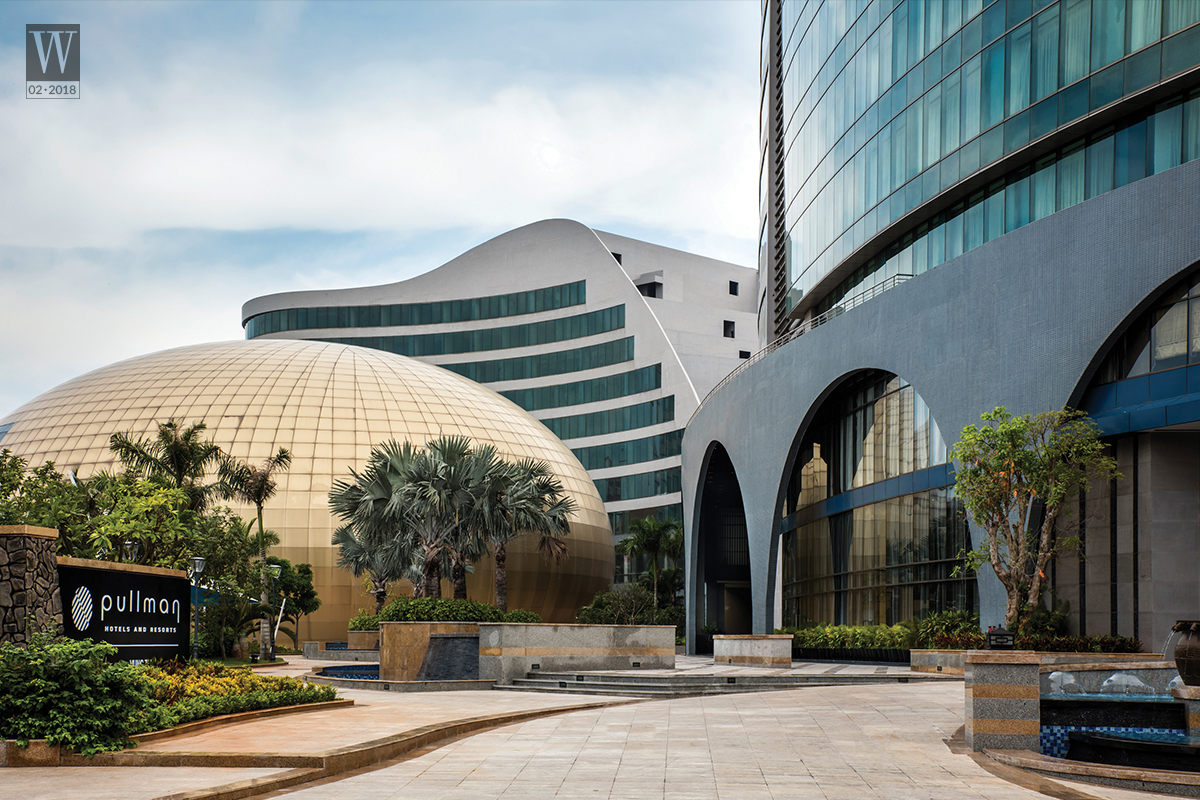
Since you started work as a general manager at Pullman Vung Tau, have you ever been faced with challenges? If yes, how did you overcome it?
I have faced many challenges. For instance, being in Vung Tau which is an emerging destination with absolutely no knowledge of what an international hotel is or how a 5-star hotel should be, we face problems of training and mindset. When you are in Vung Tau, most of the employees are local people, and managers of management level come from all over the places, including Vietnam and other countries. Vung Tau is very close to Saigon, it is not a remote location, yet not attractive to Vietnamese staff, which is a pity as Vung Tau is a beautiful city. After 2 years since the opening of the hotel, I can tell you that Vung Tau has become a tourist destination. BRVT University, based in Vung Tau, has invested a lot in a Hospitality management program, and we’re supporting them in training human resources as much as we can.
Besides Vung Tau, which provinces of Vietnam have you visited? What are the differences between those cities and Vung Tau?
I lived in Hanoi for 2 years, and now 1.5 years in Vung Tau. I’ve been from Sapa to Vung Tau, through Halong, Hanoi, Ninh Binh, Hue, Danang, Hoi An, Dalat, Nha Trang, Ba Ria, Phu Quoc and Saigon. Vung Tau has an amazing opportunity for growth. The opening of the expressway in 2014 was a key moment for this region. It takes only 90 minutes to go from District 1 or 3 to Vung Tau, and 70 minutes from Thao Dien in District 2. It’s amazing. To reach the full potential including long-haul international markets, the city needs an airport with a travel time of less than one hour. From Tan Son Nhat airport to Vung Tau, you need 2 hours and that’s too time-consuming for organizing events. Even though, I have to say this is totally psychological, as in Bangkok, with normal traffic, it can take you 2 hours to arrive in the city center from the airport.
Although Vung Tau is full of natural landscapes including sea, lakes, rivers and streams along with convenient transportation routes, compared to many other destinations in Vietnam, it does not have many potentials for a flourishing development of tourism. However, Vung Tau is still expected in the development of weekend travel, MICE tourism with many attractive activities such as taking vacations in luxury resorts, sea-bathing, visiting pagodas or offshore oil rig tours. What do you think about this matter?
Vung Tau, in many aspects, gathers different attractions and many more. Some places are currently unexploited such as salt fields, fruit fields, pepper fields, Nuoc Mam factory – the famous Vietnamese fish sauce, the primitive forest, hot springs, pagodas, churches, cultural tours, fishermen villages, boat trips, fishing trips, water sports, and exclusive to Vung Tau, offshore oil rig tours. The BRVT Tourism Department is working with hotels located in the city to promote these activities. I’m confident all parties will succeed to find a way to promote Vung Tau tourism.
What are the plans for Pullman Vung Tau to make its own mark and attract potential customers?
For the forthcoming plan, we will stay one step ahead by training our staff more and more, keeping our key employees, innovating every year, as well as continuously offering new services and facilities inside the hotel. Pullman Vung Tau a city hotel in a leisure destination; cuisine is a key element today. Everybody is getting more and more aware of the importance of the quality of food. From picking our suppliers to delivering the food to your plate, this is a constant effort to guarantee the origin of our products and quality. We hire dedicated people to do that.
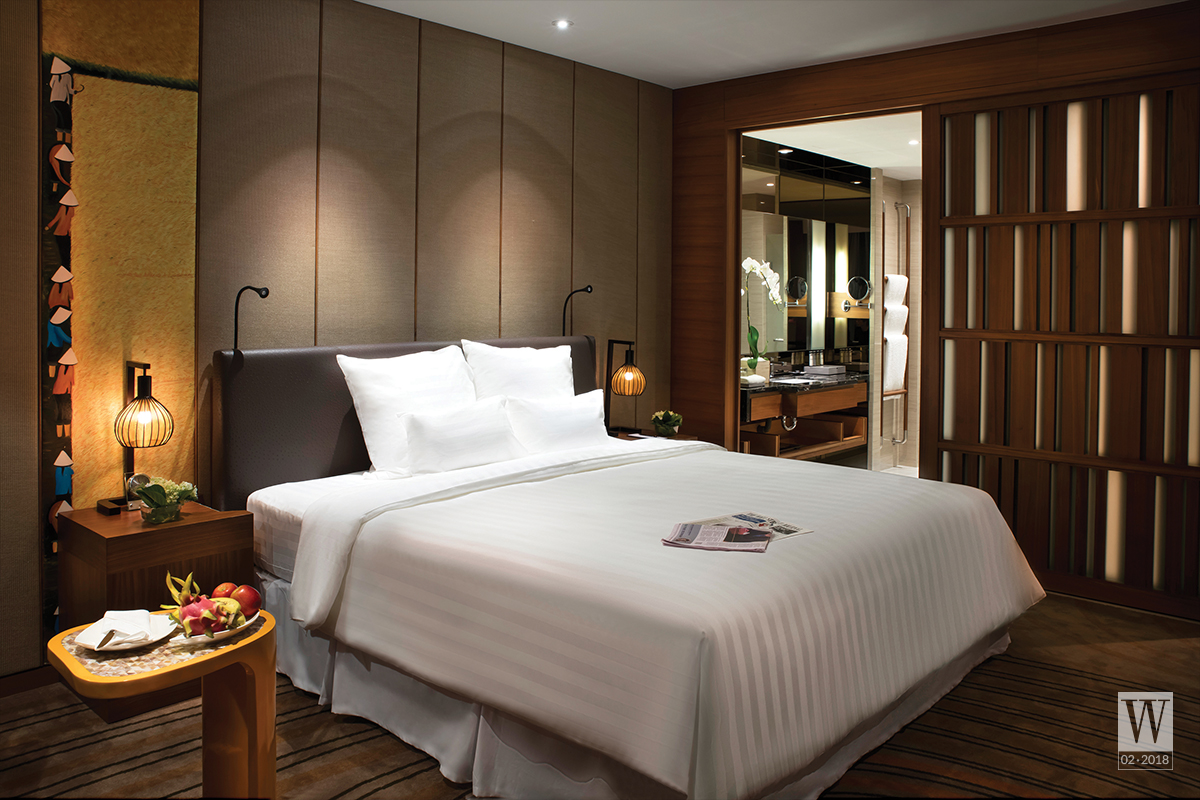
As a person who has worked in the hospitality industry for many years, what is your assessment of the potential development of the hospitality market in Vietnam?
The Vietnamese government has already made some strong decisions over the past few years to support the hospitality industry, starting by organizing international communication campaigns, international travel fairs. Visa procedures are easier for more and more countries. Now we’re facing the situation where we lack professional staff, but we have more and more programs created to cope with that situation which should solve part of the problem in the coming years. After that, the star rating system will have to be revamped to be more service-oriented, including necessary facilities. Then, the quality of food, food safety, origin and hygiene are key factors as well for international travellers. All of these are already on-going, and they need to be even more enforced.
Thank you for sharing with Wanderlust Tips. I wish you and Pullman Vung Tau much success.
Van Ly | Wanderlust Tips
